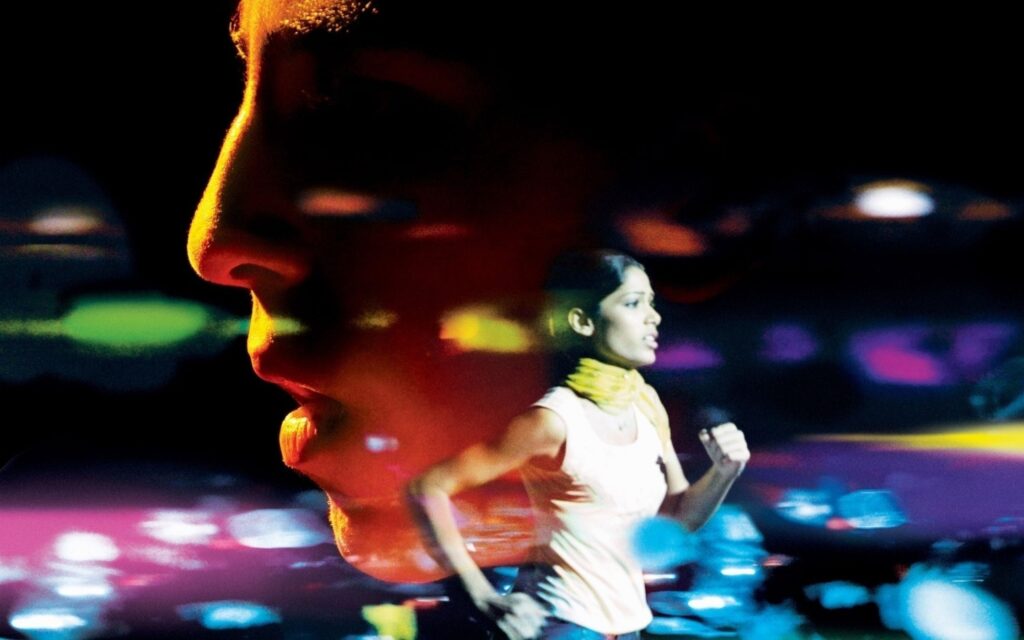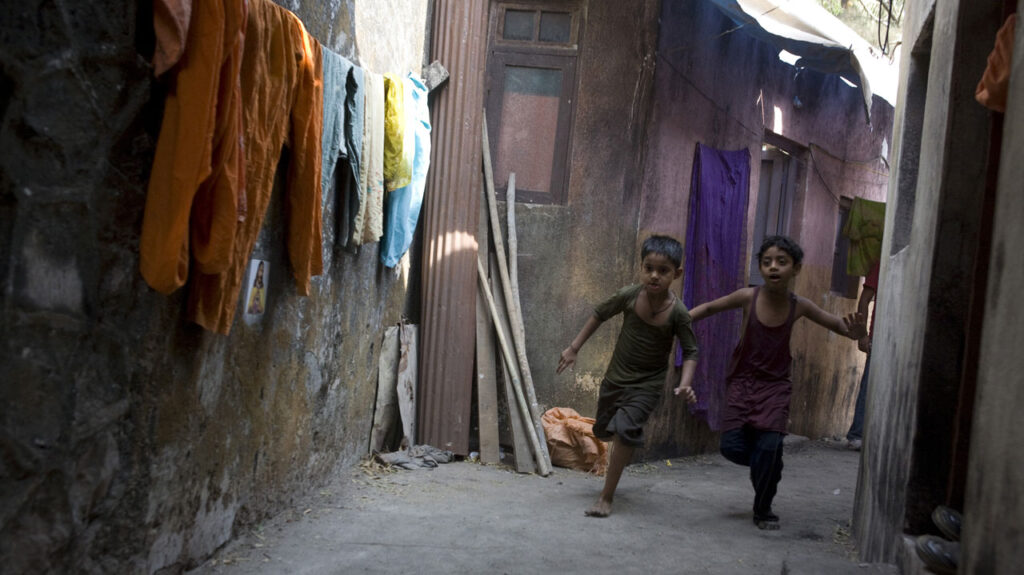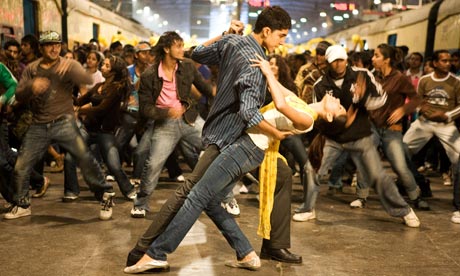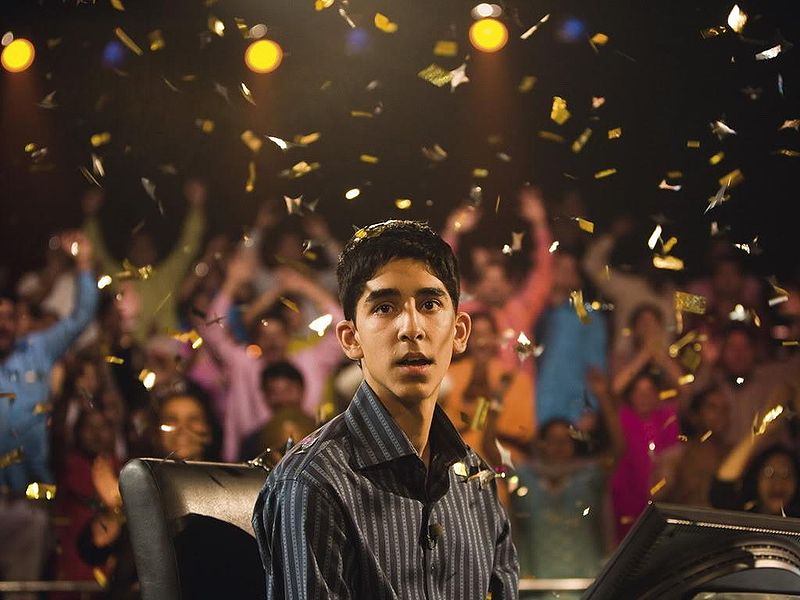Slumdog Millionaire was an expected David that became an unstoppable Goliath during the 2009 Academy Awards, picking up several Oscars, including Best Picture and Best Cinematography. Accepting the Best Cinematography award was the film’s director of photography, Anthony Dod Mantle. Mantle has worked with Slumdog director Danny Boyle before and since his win, has shot 28 Days Later, Millions, 127 Hours, and Trance. He’s also a frequent collaborator with Lars Von Trier, having DPed on Dogville, Manderlay, and Antichrist. Some of his recent work has been the nuts-and-bolts sci-fi flick Dredd and Ron Howard’s adrenaline-fueled biopic Rush.

Slumdog’s win in the Cinematography category was seen as a big win for digital filmmaking, as large portions of the film were shot digitally. However, a lot of the movie was shot traditionally in 35mm. Part of the reason the film mixed formats was Danny Boyle’s eccentric style—he is a visually inventive director who likes to push against the boundaries of traditional filmmaking. He and Mantle were also not new to digital—28 Days Later was shot in the lower-quality MiniDV.
However, there was a more tangible logic to the decision, especially concerning the scenes set in the Mumbai slums. Shooting on location in the cramped, crowded real-life slums was important to Boyle, who wanted to faithfully capture the mood and place of the community. Feeling that large, Hollywood-sized 35mm camera rigs would draw unwanted attention and disrupt the natural routines of the neighborhood, Boyle tasked Mantle with finding a suitably low-key digital camera setup.
Quickly realizing MiniDV was an inadequate format for naturally lit on-location shoots, Mantle eventually settled on using the Silicon Imaging SI-2K Digital Camera. The camera had 11 stops of range, allowing for a broad latitude of highlights and shadows while still remaining small and compact enough for Mantle to bring into the slums. The camera was an advanced novelty at the time, recording uncompressed raw footage to a nearby laptop in 2K quality as opposed to capturing specifically formatted images.

Once they selected the SI-2K, the crew got to work customizing it for Slumdog’s shoot. The camera’s body—its processing hardware—was replaced by laptops that could be worn in discreet backpacks, greatly increasing the mobility of the lens itself. The crew also attached a gyro to the lens, allowing Mantle to move the camera in all sorts of directions at quick speeds without jarring the image, creating a look somewhere between handheld and Steadicam. Mantle operated the camera this way himself, which many cinematographers opt not to do, and has been praised for his ingenuity and skill with the unique rig.
Before shooting, the new camera system was tested in hot saunas to replicate the Indian climate. They quickly realized the heat and humidity were very dangerous to the expensive equipment and forced the crew to pack the camera’s laptops with forty-five pounds of dry ice being continuously replenished each day. All of this extra effort was well worth it, and Mantle achieved the emotionally intimate look at the Mumbai shantytowns that Boyle had hoped for.
The SI-2K was primarily intended for these difficult scenes—Boyle planned to use 3-perf Super 35mm for the majority of the shoot. However, the director was so impressed with Mantle’s skill and the look of the digital camera that it was used for more and more of the shoot. The cheaper, easier medium also allowed Boyle to experiment and get more footage than the budget could have afforded had they kept to 35mm.
Other cinematographic techniques used in the film include the replication of India’s game show, Who Wants to Be a Millionaire? The TV phenomenon has a look all of its own, with lighting and camerawork unfamiliar to most film styles. The game show was the narrative centerpiece of the film, so combining the looks was essential for the crew.
Slumdog Millionaire also concludes with a Bollywood-style dance number at the very end of the film. While the rest of the movie is much more resembling a typical Danny Boyle, Western-style production, the filmmakers felt a Bollywood number would fit and was somewhat expected in such a thoroughly Indian story. Its energetic direction and upbeat style matched the tone of the film’s happy ending, and the sequence feels surprisingly part of a whole and not a jarring post-credits gimmick.
The movie used five different film stocks in total, combining them in a way that was both seamless and diverse. The brightly enhanced colors and dynamic use of shadows and range created a distinctive look for the film that also enhanced the emotions of the young characters, tying Slumdog’s cinematography in with its storytelling. Its cohesive mastery of these filmmaking techniques makes it no surprise the film won both Best Cinematography and Best Picture.

